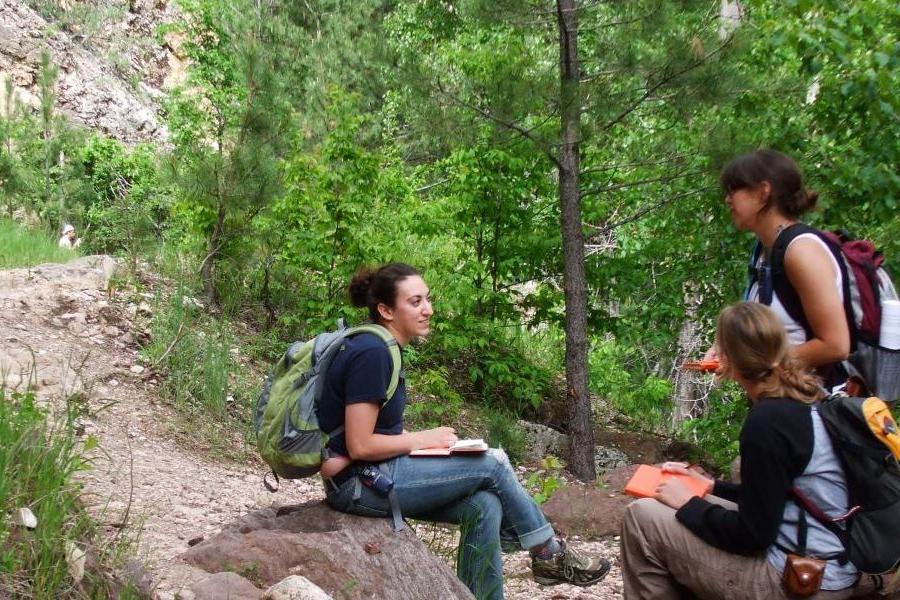Scott Sheridan

Kent State Geography Professors to Assess Relative Extreme Temperature Events and Develop Monitoring Tools With NOAA
Principal Investigator Cameron C. Lee, Ph.D., assistant professor in the Department of Geography (within the College of Arts and Sciences) at Kent State University, was recently awarded a three-year, $387,000 grant from the National Oceanic and Atmospheric Administration (NOAA) Climate Program Office and its Modeling, Analysis, Predictions and Projections Program (MAPP). The project is titled “Excess Heat and Excess Cold Factors: Establishing a unified duration-intensity metric for monitoring hazardous temperature conditions in North America”.

Geography Professor Selected for AGU’s National Diversity, Equity and Inclusion Leadership Academy
Scott Sheridan, Ph.D., professor and chair of the Department of Geography, in the College of Arts and Sciences at Kent State University, was recently selected to become an inaugural American Geophysical Union (AGU) LANDInG (Leadership Academy and Network for Diversity and Inclusion in the Geosciences) Academy Fellow.